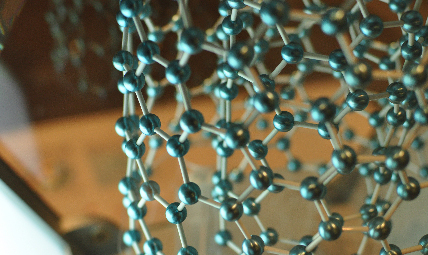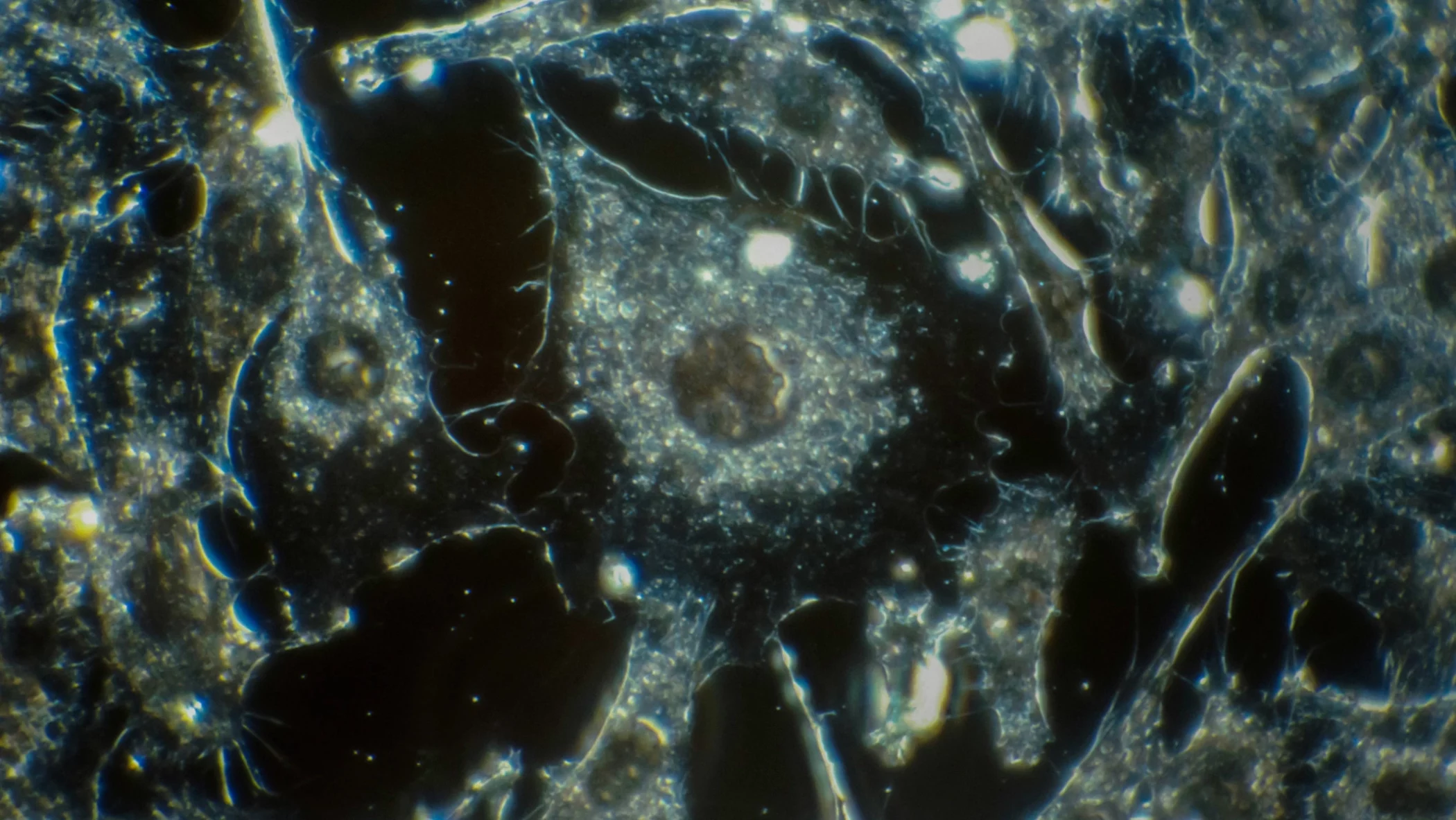Reliable and accurate single-molecule medical diagnosis is a step closer to reality with the development a new technique by Cambridge University researchers which uses sub-nanometre ‘cages’ to capture and identify molecules.
Surface-Enhanced Raman Spectroscopy (SERS) is an ultra-sensitive, non-destructive spectroscopic technique that enables the characterisation and identification of molecules for a wide variety of potential applications, including environmental sensing, forensic analysis and medical diagnosis.
When a beam of monochromatic light is passed through a transparent substance, some of the radiation is scattered. Although most of the scattered radiation is the same colour as the incident light, some of it will be scattered at different colours, characteristic of the molecules, an effect known as Raman scattering.
The ability to control the gap size between nanoparticles is critical for reliable detection and identification of single molecules. By using these barrel-shaped molecules as ‘glue’, we believe we can greatly improve the reproducibility and sensitivity of SERS-based diagnostics and analysis.
Dr Sumeet Mahajan
Analysis of Raman scattering yields a unique fingerprint which gives both compositional and structural information about a particular substance. By using metallic nanoparticles, SERS enhances the Raman scattering by more than a million times. However, wide adoption of SERS-based techniques remains limited by the lack of reproducibility and reusability of SERS substrates.
Professor Jeremy Baumberg and Dr Sumeet Mahajan from the Cavendish Laboratory, along with Dr Oren Scherman from the Department of Chemistry, found that using barrel-shaped molecules called cucurbiturils (CBs), led to marked improvements in the sensitivity, selectivity and reproducibility of current SERS techniques.
While CBs are used as ‘glue’ to accurately control the spacing between metal nanoparticles, analyte molecules can be held inside the sub-nanometre cavity of CBs exposing them to intense electric field regions between the nanoparticles, allowing reliable, highly sensitive, molecular recognition based SERS.
Not only does the technique open up the possibility of using SERS to reliably and reproducibly identify single molecules, even if they have no affinity for metal surfaces, it is also potentially self-calibrating, due to the Raman activity of the CB spacer molecules themselves. In addition, reusability can be incorporated by the triggered release of analyte molecules from the CB cages by chemical, photo-initiation or thermal means.
“The ability to control the gap size between nanoparticles is critical for reliable detection and identification of single molecules,” said Dr Mahajan. “By using these barrel-shaped molecules as ‘glue’, we believe we can greatly improve the reproducibility and sensitivity of SERS-based diagnostics and analysis.”
The findings were published earlier this year in the journal ACS Nano.
Cambridge Enterprise, the University’s commercialisation group, is seeking partners for collaborative developing and licensing of this technology.











